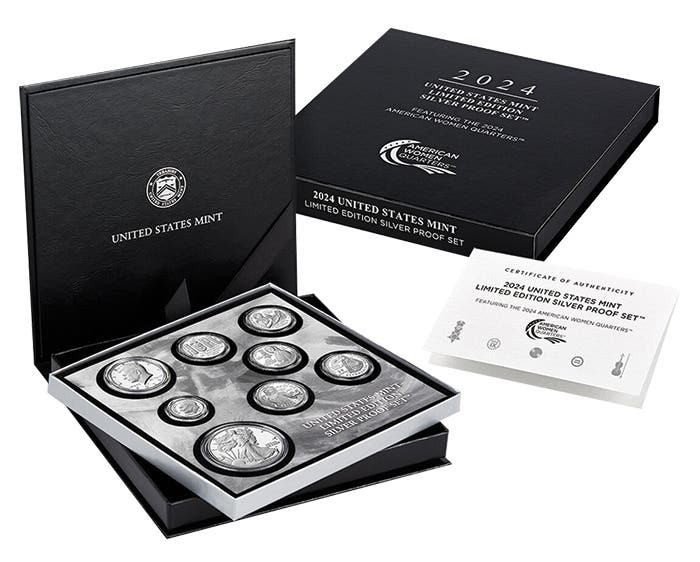1856-S double eagle offers chance at treasure
In September of 1857, the S.S. Central America went below the waves during a hurricane. In the late 1980s, a team led by Tommy Thompson and Bob Evans found the…
In September of 1857, the S.S. Central America went below the waves during a hurricane. In the late 1980s, a team led by Tommy Thompson and Bob Evans found the remains of the ship and the largest American treasure ever to be recovered. Included in that treasure were some 5,000 top-grade double eagles, and the 1856-S was one of the dates represented.
Prior to the sale of the Central America treasure, the 1856-S – like other San Francisco double eagles of the period – was an available date but almost exclusively in circulated grades. It was never going to be a scarce date, boasting the first mintage of over one million pieces in the history of double eagle production at San Francisco. In upper grades, however, there are very few available double eagle dates from a branch mint for the 1850s through the 1880s.
In 1856, the branch mint in San Francisco was a tiny, 60-foot square building. If you could be transported back in time to Commercial Street to visit, you would probably ask for your money back. It was by all accounts a sorry excuse for a mint. If you were not overcome by the acid fumes, conducting your business would still be a problem. There was most likely no place to sit in the cramped quarters, and even if there were, you would be uncomfortable due to the heat. Your conversation would probably involve yelling to be heard over the noise of the machines.
Somehow, a significant number of coins emerged from that facility. The double eagle was a favorite, but while more than one million 1856-S examples were produced, it is likely only a few were saved by collectors. After all, San Francisco in 1856 was the frontier. People were walking the streets with gold ingots, privately produced coins, and gold dust or nuggets, but it is safe to assume no one was putting together a double eagle collection. Coin collectors were back east, and that was a long and dangerous trip.
The Central America is proof of that fact, as the shipment of gold coins and ingots it carried took about 130 years to reach shore. With no way to acquire new west coast coins, and few who collected by mintmarks in the first place, there was virtually no saving of nice San Francisco pieces. That is why double eagles in MS-65 condition are virtually unknown for many years.
The treasure of the Central America has given us a second chance. The 1856-S is not the most available date, that being the 1857-S. But any date is a unique opportunity to acquire a coin most thought they would never see.
Today, an 1856-S in MS-60 lists for $5,600. More importantly, however, there are now 1856-S listings in higher grades. Previously, they were so out of the question that price guides often stopped at MS-60. An MS-63 or MS-65 will be expensive – $16,000 and $37,000, respectively – but at least the chance exists to own one. Moreover, as part of the historic treasure of the Central America, the coin has not only a great value but also a great story.
In a grade above MS-60, an 1856-S double eagle from the Central America is one of very few dates where collectors can hope to own an example literally untouched by human hands from the date it emerged from that small facility on Commercial Street. Few exist, and those that do are treasures, not just because they were lost at sea but because they give us a second chance to acquire coins we thought were forever lost in their original state.
This article was originally printed in Numismatic News. >> Subscribe today.
More Collecting Resources
• Subscribe to our monthly Coins magazine - a great resource for any collector!
• Are you a U.S. coin collector? Check out the 2019 U.S. Coin Digest for the most recent coin prices.









